Microsoft Windows 95 was released 25 years ago this week! Why should we care? Well, it introduced the start menu we still have today, for one thing. Windows 95 was a big change for operating systems - it was the first to deliver a more user-friendly interface that was more intuitive for the average user.
Windows 95 could be purchased on either 13 3.5 inch floppy disc or a single CD-ROM and required your computer to have a whole 4MB of RAM and 50 MB of hard drive space (for comparison, the current version of Windows recommends 2GB RAM - a 99.8% increase).
Alongside a new start menu, Windows 95 introduced Windows Explorer, a desktop for icons and shortcuts and the task bar - all features we retain today.
Three years after its introduction, Windows 98 followed.
Windows 98
Released in May 1998, it was just a tune up for Windows 95, with a similar looking interface to its predecessor but bringing better support for USB and for hardware like DVD drives. Attempting to demo this at a launch event in April 1998 resulted in an embarrassing blue screen of death while live on stage...
It also bought us the improved disk defragmenter; I remember running this in the hope it would somehow improve the performance of the family computer!
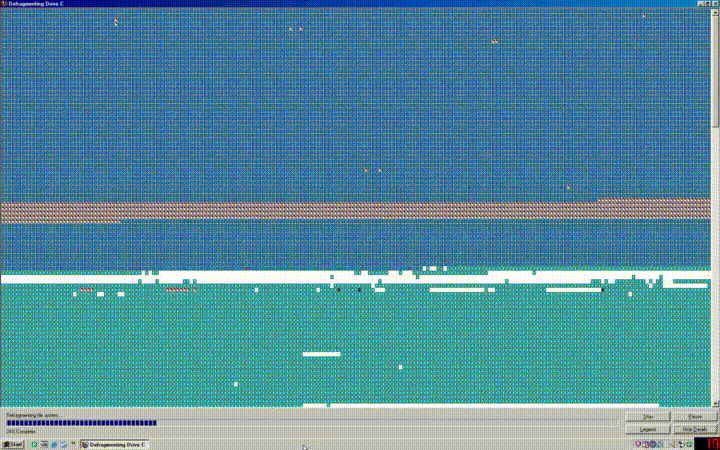
Windows ME
I'll skim over this one as fast a I can... Released in September 2000 and considered as one of the worst operating systems of all time, ME had stability and performance issues. Its only claim to fame - making it to number 4 on PC World's worst tech products ever!
Let us quickly move on as I don't want to stir up bad memories.
Windows XP
Launched on August 24, 2001. Windows XP was a new generation of operating systems and was well loved. Windows XP remained a popular operating system for more than 10 years, with support not being withdrawn until 2014. According to Wikipedia, in August 2020 just under 1% of the world's Windows PCs are still running the OS.

Windows XP bought us a more colorful interface with improved graphical effects. The Start menu also received some attention, with the addition of a second column enabling more customisation and access to recently used documents and programs.
The default Windows XP desktop background, named Bliss (pictured right), is fondly remembered by many and may be the most viewed image in history.
We must say a fond farewell to Windows XP and move on to...
Windows Vista
A so-called evolution of Windows XP, Vista delivered some new features, improved graphics, and most importantly better security.
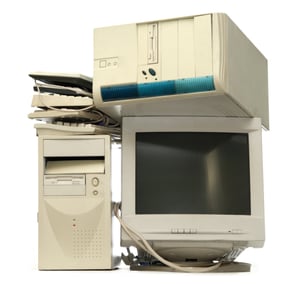
While there was nothing fundamentally wrong with Vista, it was never popular with my colleagues or me, on the receiving end of end-user problems. We saw more problems with Vista stability and performance than Windows XP, or Vista's successor Windows 7. These issues were due, in part, to Vista's performance requirements, many PCs just weren't up to the job, and new security measures, such as User Account Control, which confused users.
Adoption was high for Vista but many businesses chose to skip it altogether, opting instead to upgrade from Windows XP to Windows 7 later.
Windows 7
Released October 2009, Windows 7 was a welcome update, addressing many of the issues that existed with Vista.
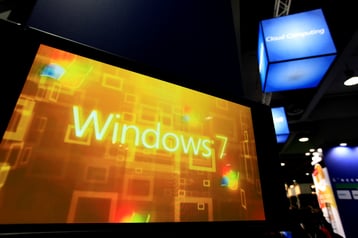
Windows 7 performed well and was the OS of choice for many users and businesses, in fact, the BBC noted how quickly it sold, taking only 8 hours to beat pre-order volumes that took Vista 17 weeks to achieve.
Windows 7 bought us a new, much loved, updated task bar, touch screen support and better multi-core processor support, improving performance.
The most recent estimate I could find suggests 26% of all Windows PCs are still running Windows 7 today. Support for Windows 7 officially ended in January 2020, as such, anyone still using Windows 7 should upgrade as soon as possible.
Windows 7 extended support is available for businesses through Microsoft cloud partners like SpiderGroup until 2023, but it doesn't come cheap, costing around £58 per machine in 2020 and increasing in price each year until 2023.
Windows 8 / 8.1
It would be best if we pretended Windows 8 didn't happen and focus on 8.1. Windows 8 was first released in October 2012 and introduced changes to the interface that were not altogether popular - too focused on tablets and touch screens, forgetting the large majority still used keyboards and mice.
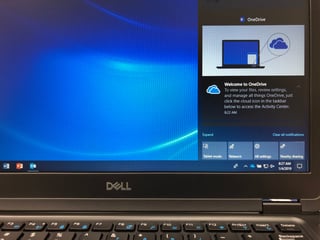
Fortunately, Windows 8.1 quickly followed in October 2013 and fixed these interface issues. Now we were left with a better interface along with the improved security and performance improvements Windows 8 delivered.
Windows 8 delivered OneDrive integration for the first time, something that has become increasingly invaluable to consumer and business users.
Windows 8.1 was never that successful though, many users wisely skipped it altogether and went from Windows 7 to Windows 10.
Windows 10
Windows 10 was rel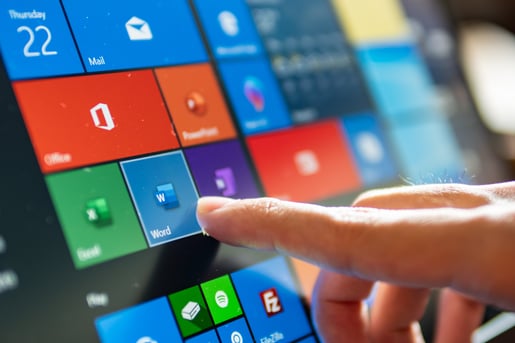 eased July 2015 and is an excellent OS, if not Microsoft's best yet. We still don't know what happened to Windows 9, but who cares? Windows 10 is the operating system we all needed and wanted. Windows 10 is now the most used Windows version.
eased July 2015 and is an excellent OS, if not Microsoft's best yet. We still don't know what happened to Windows 9, but who cares? Windows 10 is the operating system we all needed and wanted. Windows 10 is now the most used Windows version.
Windows 10 includes a new Start menu, it allows for a lot more customisation with the ability to re-size, and introduced interactive live tiles. It's taken a leap forward in security and this continues to be a key focus for Microsoft in subsequent Windows 10 updates.
The Cloud is also fully integrated with Windows 10, with Azure Active Directory sign ins, Microsoft 365 single sign on, enhanced OneDrive integration with backups, and full device management with Microsoft Intune.
Windows 10 allows, for the first time, the possibility of managing all your company devices without a single server in the cloud or on premises.
The future of Windows
Nothing official has been announced but I expect Windows will take a similar route to Microsoft 365, with a fully cloud-based subscription model. No doubt the first year will be free with new hardware but after that, customers will be required to pay a monthly subscription to continue receiving updates and features.
It's likely Windows 10 will be with us for at least a couple more years, though maybe not as long as Windows XP was.

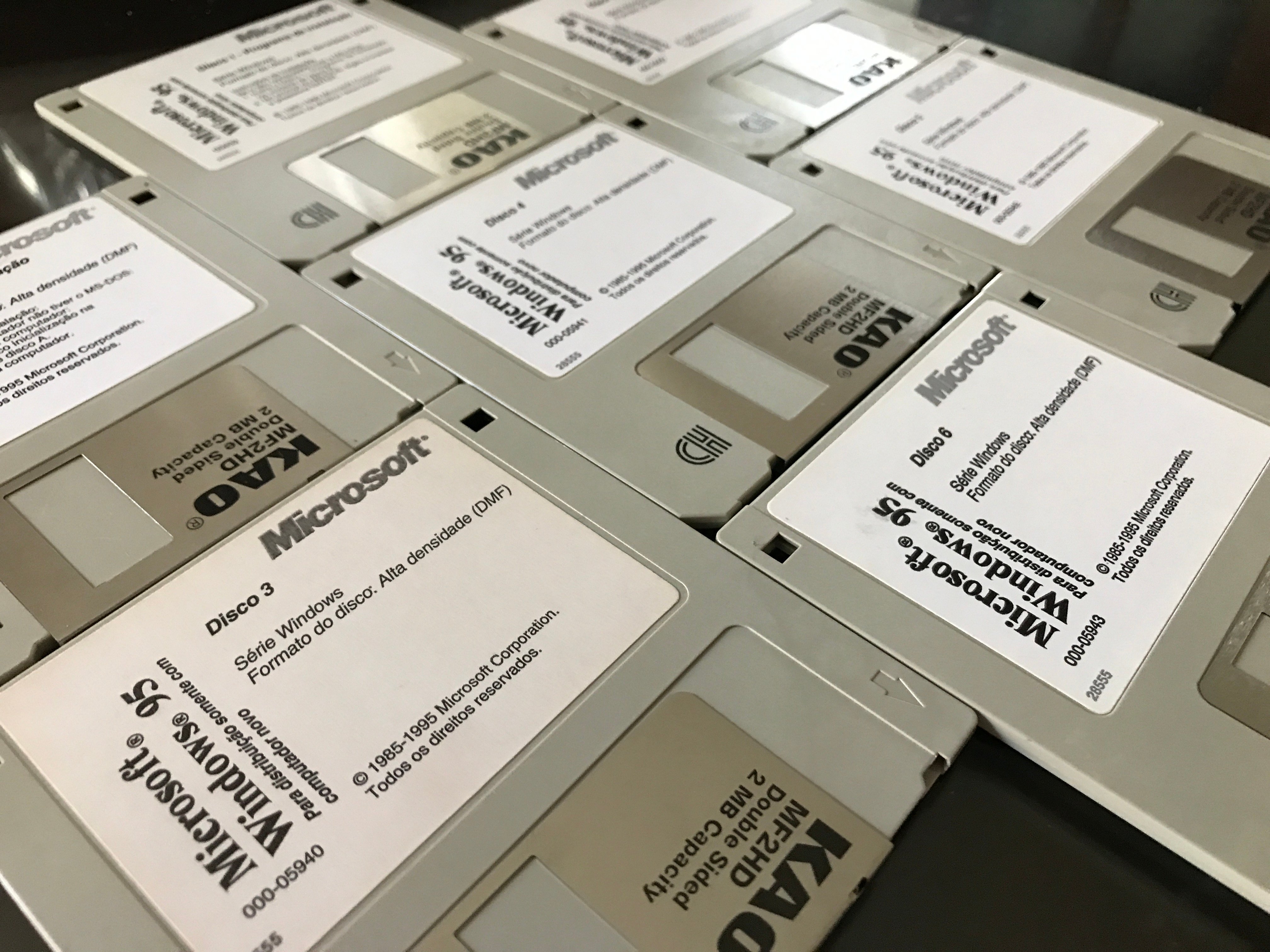
.png)
.png)
